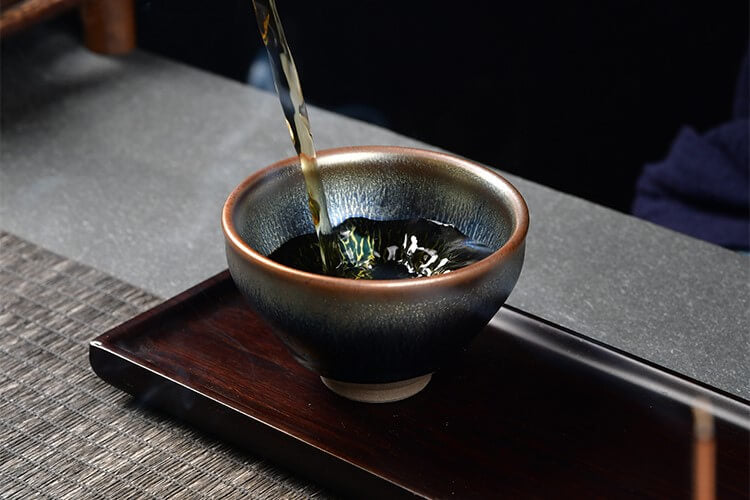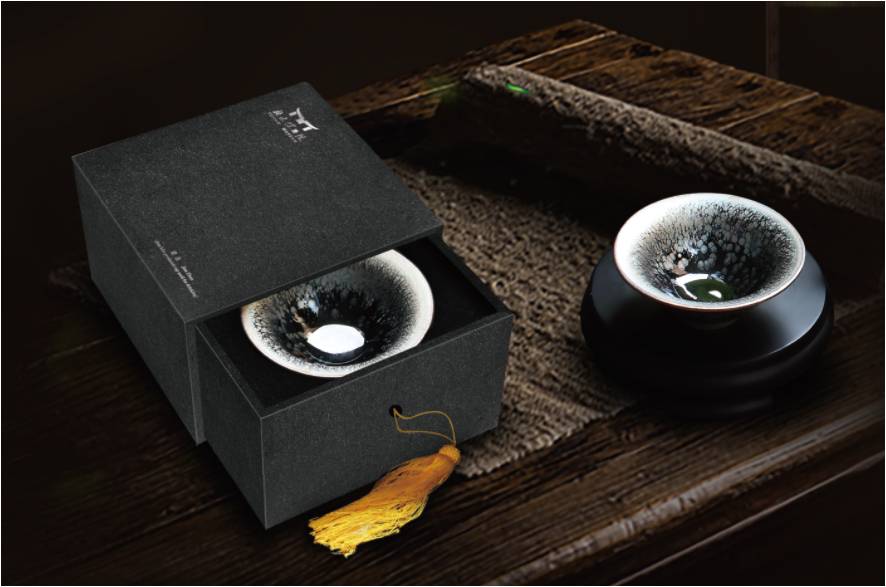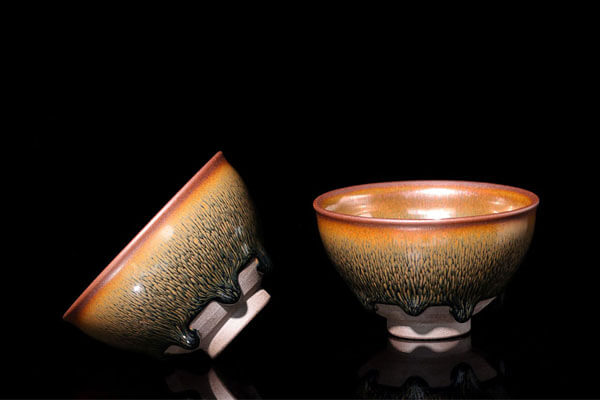Brewing Guide of Baoshan Old Tree Raw Pu’er Tea
The Unique Charm and Brewing Guide of Baoshan Old Tree Raw Pu’er Tea
In the rich culture of Pu’er tea, Baoshan Old Tree Raw Pu’er stands out for its rare quality and distinctive charm. It has become a cherished treasure among old tree Pu’er teas, loved by tea enthusiasts worldwide. By mastering proper brewing techniques, one can unlock the tea’s full character and enjoy a refined tasting experience. This article explores the tea’s unique traits and provides professional guidance on brewing Baoshan Old Tree Raw Pu’er.

1. Baoshan Old Tree Raw Pu’er Tea: Distinctive Qualities
Tea Characteristics
Unlike traditionally flattened teas, Baoshan Old Tree Raw Pu’er preserves the natural leaf shape during production. This careful craftsmanship allows the tea to release flavor and nutrients more effectively when brewed, making it a representative of authentic, ecological Pu’er.
Raw Material
Harvested from high-altitude ancient tea trees, the leaves carry the essence of pure mountain ecology. These old tree raw materials impart a uniquely mellow and sweet taste, giving each sip remarkable depth and richness.
Aroma
Upon opening the package, you’re greeted with a fragrance of wild mountain flowers—fresh, layered, and natural. This unmistakable scent is a hallmark of Baoshan old tree raw Pu’er, reflecting the charm of high-altitude ancient tea groves.
2. Brewing Baoshan Old Tree Raw Pu’er: Unlocking Its Flavor
(1) Dry Tea Characteristics
-
Appearance: The dry leaves are tightly curled, neat, and glossy, with a dark green hue—a clear mark of high-quality raw Pu’er.
-
Aroma: Even before brewing, the dry tea releases a lingering nectar-like fragrance, enhancing the anticipation of the tasting journey.
(2) Tea Dosage
-
Standard: Adjust the tea quantity according to your brewing vessel. For a 120ml gaiwan, about 6 grams of tea is ideal. Maintaining a balanced tea-to-water ratio ensures harmony in the tea soup.
-
Form Advantage: Loosely pressed leaves allow better contact with water, encouraging a quicker and more even release of flavors and nutrients.
(3) Tea Moistening Technique
-
Time Control: Keep the first three rinses short—about 3 seconds each—to gently awaken the leaves. Later infusions can be lengthened according to taste.
-
Water Pouring: Pour slowly along the side of the gaiwan, using a steady, soft stream. This prevents excessive extraction of bitterness while highlighting the tea’s sweetness and smoothness.
(4) Tea Soup Expression
-
Color: The liquor glows a clear, bright orange-yellow, pure and transparent.
-
Aroma: The brewed tea exudes a stronger nectar fragrance, filling the space with freshness and comfort.
-
Taste: Smooth, clean, and delicate, the tea spreads sweetness across the palate, leaving a long, pleasant aftertaste without bitterness—an exemplary experience of fine raw Pu’er.
(5) Tea Value
-
Origin Value: Grown in Baoshan’s core tea regions, the tea’s flavor is deeply influenced by the high-altitude climate, fertile soil, and pristine environment. It is a true representative of Baoshan Pu’er.
-
Collection Value: Beyond its immediate enjoyment, Baoshan Old Tree Raw Pu’er also matures beautifully over time. With aging, it develops a rounder, mellower taste, making it highly sought-after by collectors.
Conclusion
Baoshan Old Tree Raw Pu’er is more than just tea—it embodies the heritage of high-altitude ancient trees, artisanal craftsmanship, and the beauty of nature. With proper brewing, its fragrance, flavor, and cultural depth can be fully appreciated, offering both a delightful drinking experience and long-term collection value.






